| Weight | 260 g |
|---|---|
| Dimensions | 216 × 216 × 3 mm |
| Author | Steven Huynh |
| Illustrator | Gehenna Pham |
| Cover type | Hardcover |
| Length | 32 pages |
| Publisher | Steven De GC |
| Year level | Foundation Year, Year 1, Year 2 |
| Publication date | 01 August 2025 |
Kim’s voice is loud — thunderous, roaring, impossible to ignore. When she feels unheard, she stomps, shouts, and expects attention. But when her anger pushes others away, she wonders: Why doesn’t anyone listen to her? One day, after making a classmate cry, Kim watches in confusion as he doesn’t yell back. With the care of her teacher, she begins to question her own reactions, what she experiences from home, and what it truly means to be heard?
A Note for Teachers, Parents, and Carers
The Shouting Girl explores children’s big emotions in a classroom setting and introduces simple self-regulation strategies such as breathing exercises, sensory play, and time in a calm zone. It also gently highlights the invisible influence adults have on children’s emotional development. Whether we’re parents, teachers, or other trusted grownups, the way we express and manage our own feelings can deeply shape how children learn to handle theirs.
The story includes moments where children experience shouting at home, which can raise questions. If your child or student brings this up, it’s a valuable opportunity to talk about how even adults can get overwhelmed, and that we’re all still learning how to handle feelings with care and kindness. During a read-aloud, pause gently at that part then reinforce the story’s message: Whether we’re children or adults, we can all learn better ways. If students tend to disclose such personal experiences in front of the class, use protective interrupting to ensure their safety and privacy.
The open ending encourages thoughtful reflection for both children and adults. It invites us to consider what helps us all feel safe, respected, and supported, especially in those tough emotional moments. The goal is to build emotional awareness, recognise its impact, and create safe spaces for all of us.
Using The Shouting Girl in the Classroom
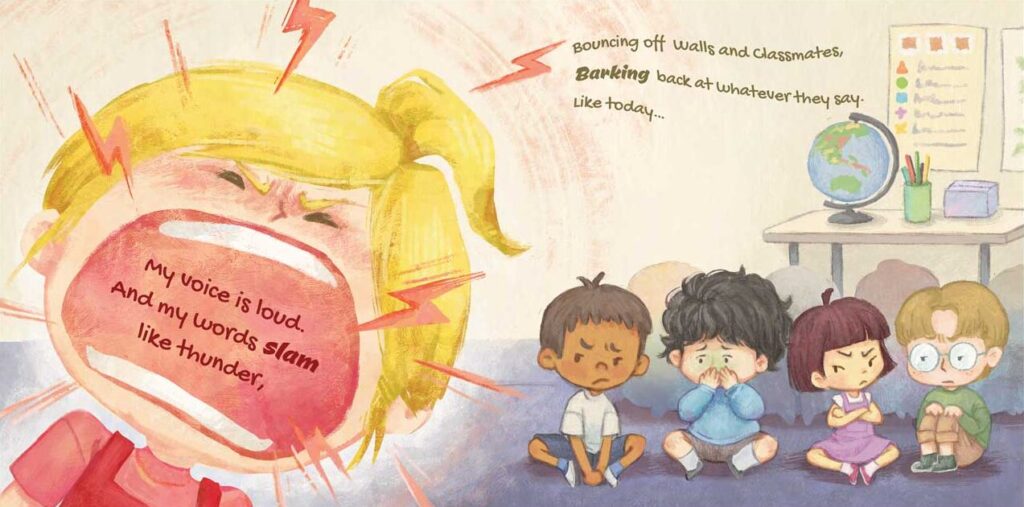
Main Themes
Exploring Signs of Big Feelings Through Language, Behaviour, and Facial Expressions
Kim’s anger is evident in the way she speaks, moves, and reacts to situations. Her furrowed brows, raised fingers, stomping feet, and loud voice all signal frustration. The text and illustrations work together to help children recognise these non-verbal cues. Jim, on the other hand, shows sadness and uncertainty through his slumped posture. This exploration helps students understand how emotions manifest in different ways and how to recognise them in themselves and others.
Exploring How to Express Big Feelings in an Appropriate Way
Throughout the story, Kim struggles to manage her anger, and one day she even lashed out at Jim. However, the book also introduces strategies to regulate emotions, such as taking deep breaths, using calm, quiet places like the green box or the Zen corner where children can spend time with sensory toys. The teacher models calm responses, reinforcing that feelings are valid but must be expressed in a way that does not harm others.
Exploring How Kim Subtly Excludes Jim from Play and Bullies Him Through Verbal and Body Language
Kim excludes Jim through dismissive gestures and harsh words. She hoards all the construction materials and refuses to let Jim take a turn in shared activities. This scene provides an opportunity to discuss the impact of social exclusion and verbal bullying, as well as strategies for standing up for oneself and others.
Characters
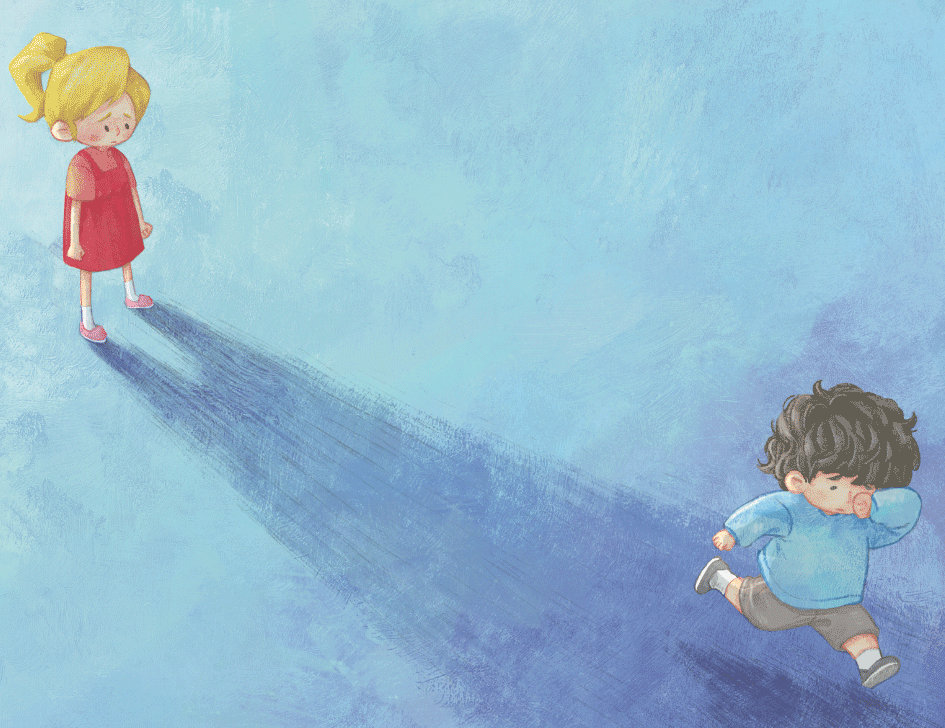
Exploring the Similarities and Differences Between Kim and Jim
Kim and Jim both have strong emotions but express them differently. Kim’s anger is outward and explosive, whereas Jim internalises his feelings, appearing hesitant and unsure. While Kim often acts before thinking, Jim is more observant. This contrast allows children to see that everyone experiences emotions differently, and there is no single way to process them.
Exploring Kim’s Underlying Personality
Kim’s frustration stems from a need for being heard and a difficulty in handling unexpected situations. While she appears aggressive, the story hints at deeper vulnerabilities—perhaps she struggles with feeling unheard. By exploring Kim’s character beyond her actions, students can develop empathy and consider what might be causing her reactions.
Settings
Exploring How the Zen Corner and Green Box as Quiet, Sensory-Friendly Environments Help With Self-Regulation
The Zen corner is depicted as a safe retreat where children can calm down away from classroom pressures. The green box contains sensory objects that provide comfort and help children regulate emotions. These elements highlight the importance of creating calming spaces at school or even at home to help children manage big feelings.
Exploring How Kim Acts in Various Settings — In the Classroom With Friends, in the Zen Corner, With the Teacher, and at Home
Kim behaves differently depending on where she is and who she is with. In the classroom, she exerts control over her peers. In the Zen corner, she begins to calm down, showing a different side of herself. With the teacher, she is met with patience and guidance, which helps her reflect on her actions. At home, we see glimpses of how the grownups’ interactions influence her emotions. This exploration helps students understand how environments and relationships shape behaviour.
Exploring Protective Behaviours and Help-Seeking Strategies to Stay Safe
Kim’s loud voice over the classroom through her anger and reactions and Jim’s passive response to exclusion open discussions about protective behaviours. Who can children turn to when they feel upset, scared or excluded? How can they advocate for themselves and others?
Perspectives
Exploring Readers’ Thoughts, Feelings, and Personal Preferences About the Story as a Whole
Each child will connect with the story differently—some may relate to Kim’s frustration, while others may identify with Jim’s sadness. Encouraging students to express their personal reactions fosters deeper engagement and comprehension.
Exploring What Jim Might Have Said If He Had Spoken Up
Jim is silent throughout the book, relying on body language to express his emotions. What if he had verbalised his feelings? What might he have said to Kim, the teacher, or friends? This activity allows children to practise self-advocacy and consider different ways to handle difficult situations.
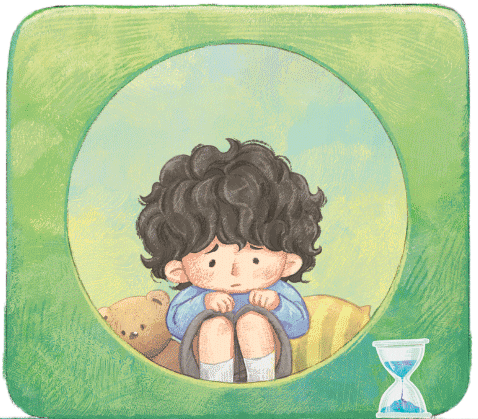
Exploring Why the Author Wrote This Book — The Heart of the Story
What message is at the core of The Shouting Girl? The book is more than just a story about anger — it’s about recognising how big emotions happen and affect people, so that we need to find better ways to manage them. And adults are still learning, too.
Text Structure
Exploring How the Author Shifts the Main Characters’ Emotions From the Beginning to the End
At the start, Kim is angry, loud, and unwilling to listen, while Jim is withdrawn and hesitant. As the story progresses, Kim begins to calm down, and Jim finds subtle ways to assert himself. By the end, both characters experience a shift in emotions, showing self-awareness.
Exploring How the Author Triggers Kim’s Anger Through a Chain of Cause and Effect
Kim’s outburst doesn’t happen without reason. The author carefully builds up a sequence of events—small frustrations accumulate, misunderstandings arise, and tension increases until Kim finally explodes. This cause-and-effect chain helps readers understand how emotions can escalate and why it’s important to address feelings at an early stage.
Exploring Why the Author Ends the Story With a Question or an Open Ending
The book does not offer a clear resolution—Kim is left contemplating her choices. This invites readers to think about what might happen next and how they would handle similar situations. The open-ended conclusion encourages discussion and self-reflection.
Use of Language
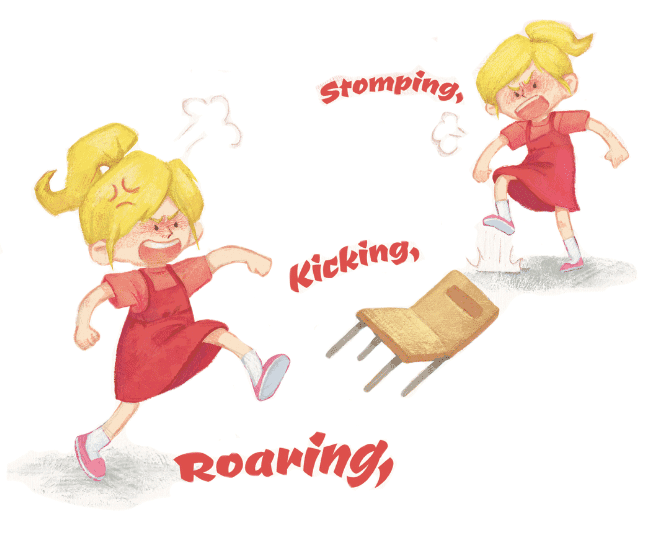
Exploring Rhyming Words and Rhythm in the Text
The story’s rhythmic language makes it engaging for young readers. Identifying rhyming words helps children develop phonemic awareness while also reinforcing key themes in the story.
Exploring How Sound Devices Enhance Emotional Intensity
Strong verbs (“stomp,” “slam,” “shout”) heighten the emotional impact of Kim’s anger. These sound devices draw readers into the story, making Kim’s emotions feel more immediate and powerful.
Exploring How Lists of Three Emphasise Strong Emotions
The author frequently uses lists of three to emphasise key moments. For example, describing Kim’s frustration with three escalating actions. This technique makes emotions more vivid and reinforces their impact on the reader.
Exploring How Characters Are Created Through Language and Illustrations
The author and illustrator use descriptive words and dynamic illustrations to bring Kim and Jim to life. Kim’s exaggerated gestures and bold colours from her emotions to the outfit contrast with Jim’s softer, more muted expressions. This interplay between text and imagery enhances character development.
Exploring How Similes Paint Visual Pictures to Support Meaning
Similes help readers picture characters and settings more clearly. These comparisons make abstract feelings more tangible and relatable.




![[T4R] The Shouting Girl Reading/Health Unit for Year 2 [T4R] The Shouting Girl Reading/Health Unit for Year 2](https://stevendegc.com.au/wp-content/uploads/2025/07/T4R-TheShoutingGirl-UnitOverview-Cover-1024x627.jpg)
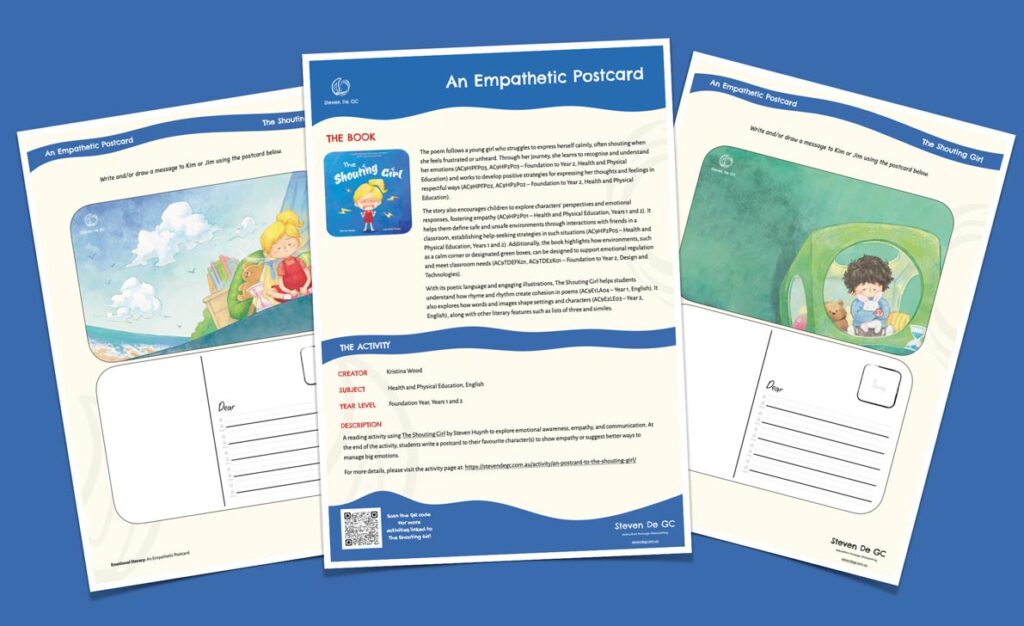
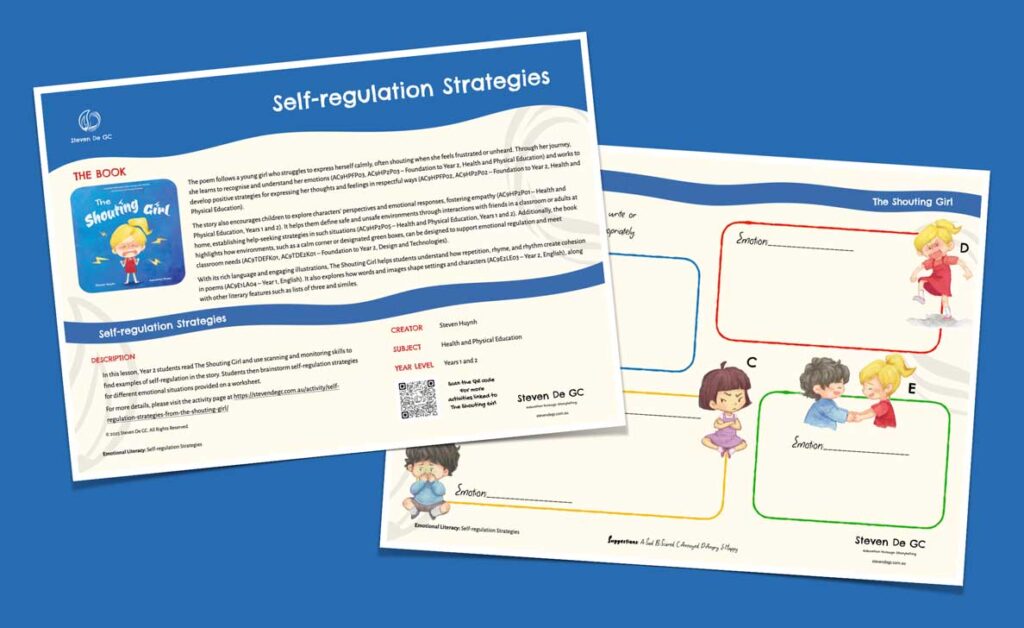

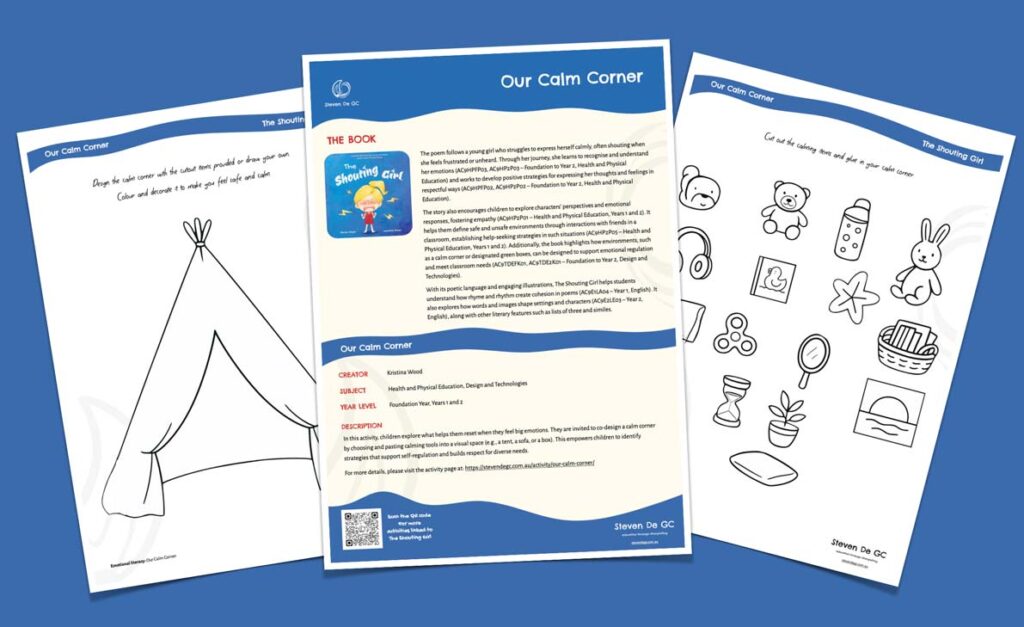
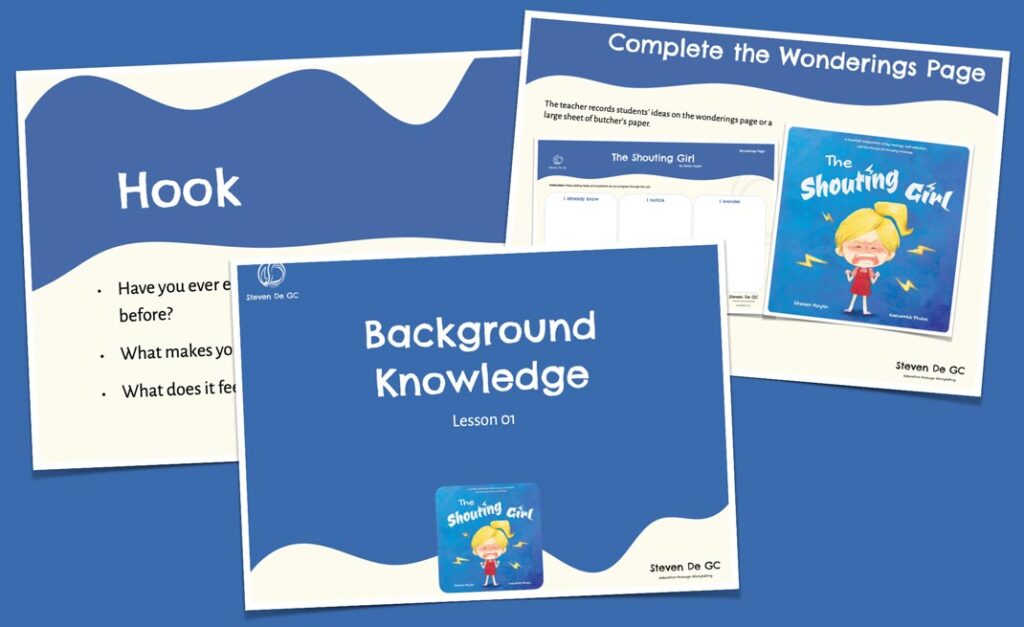
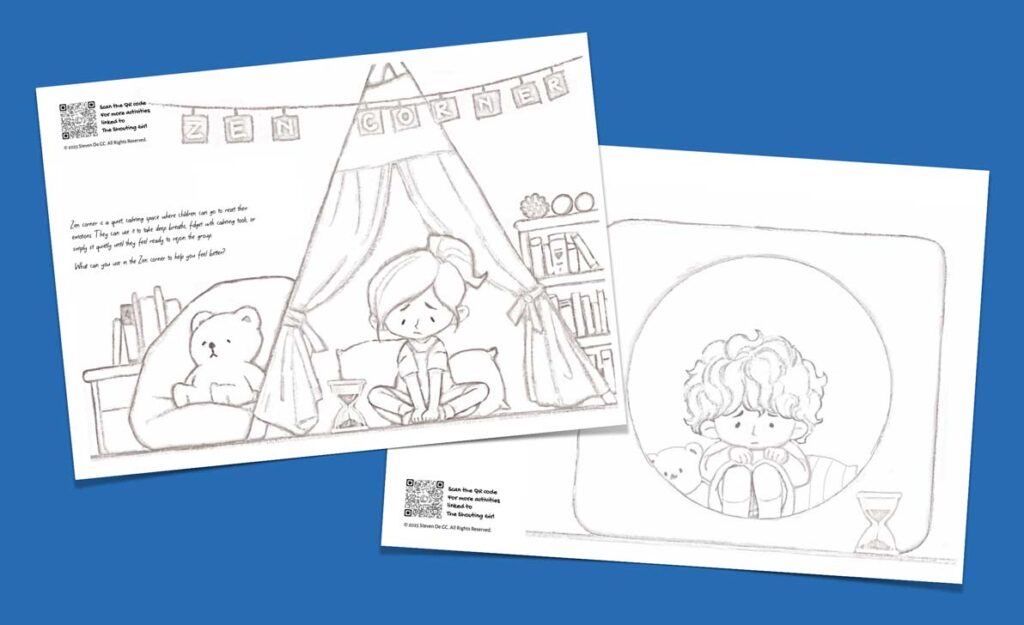
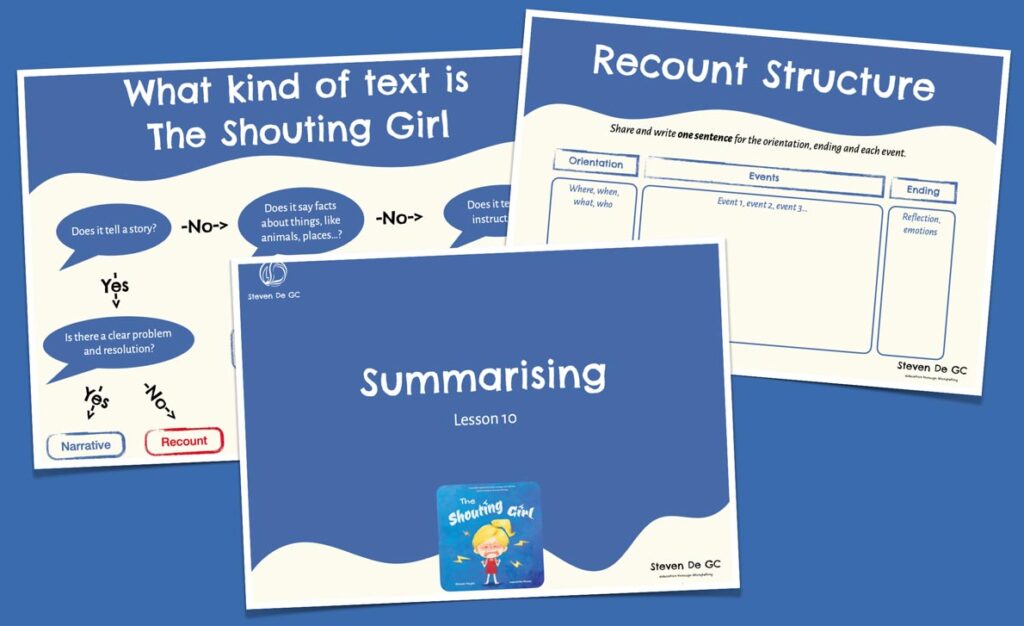
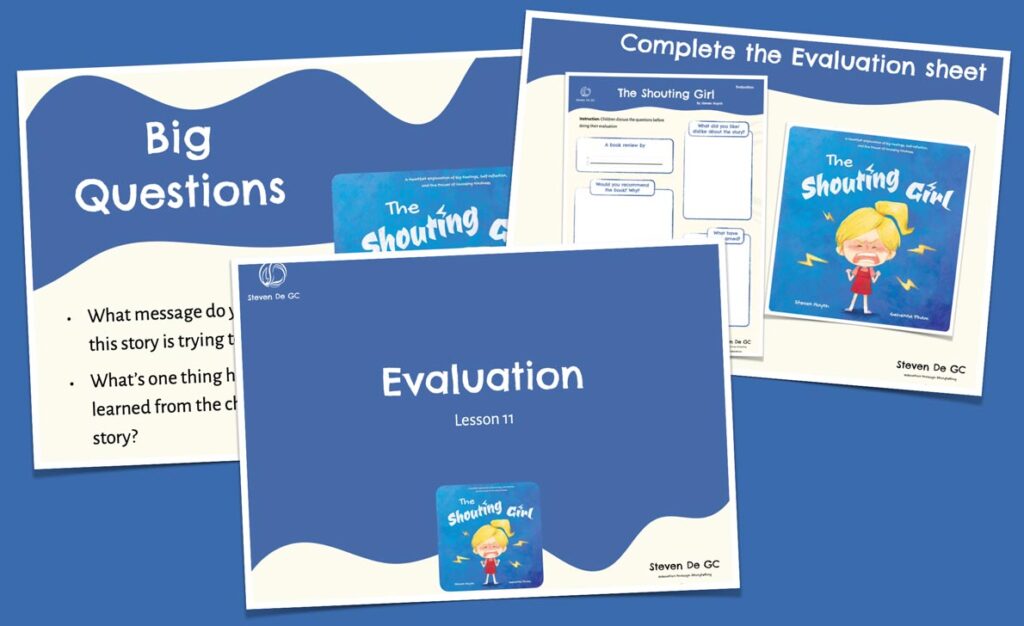
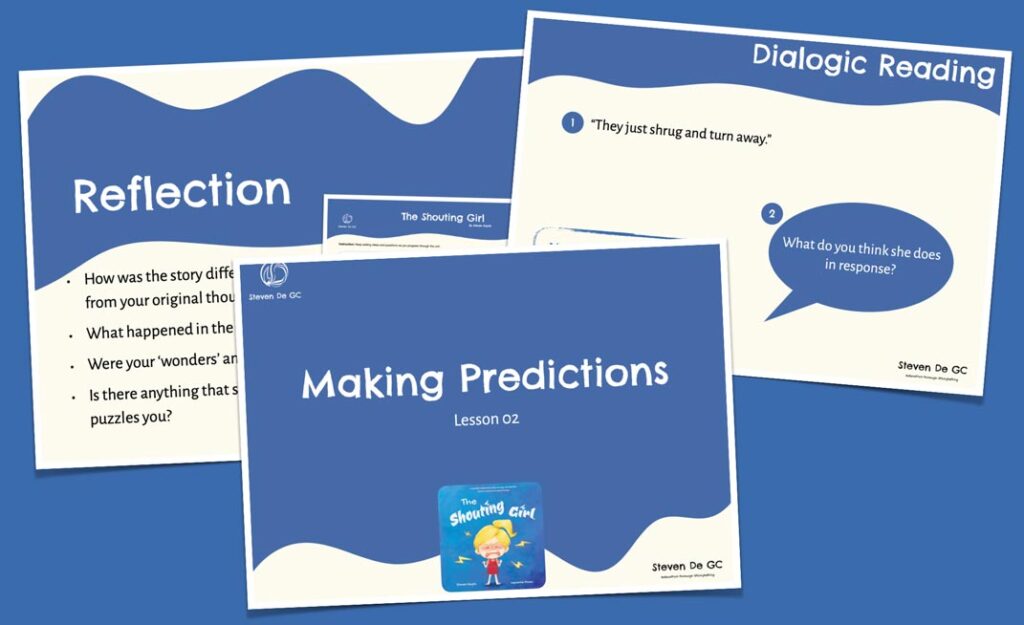
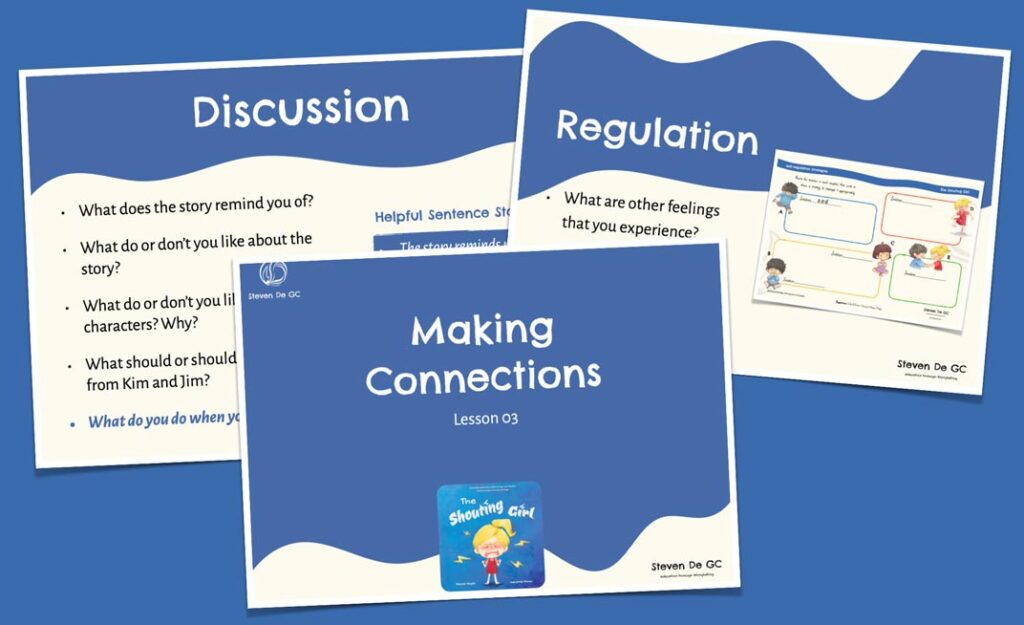
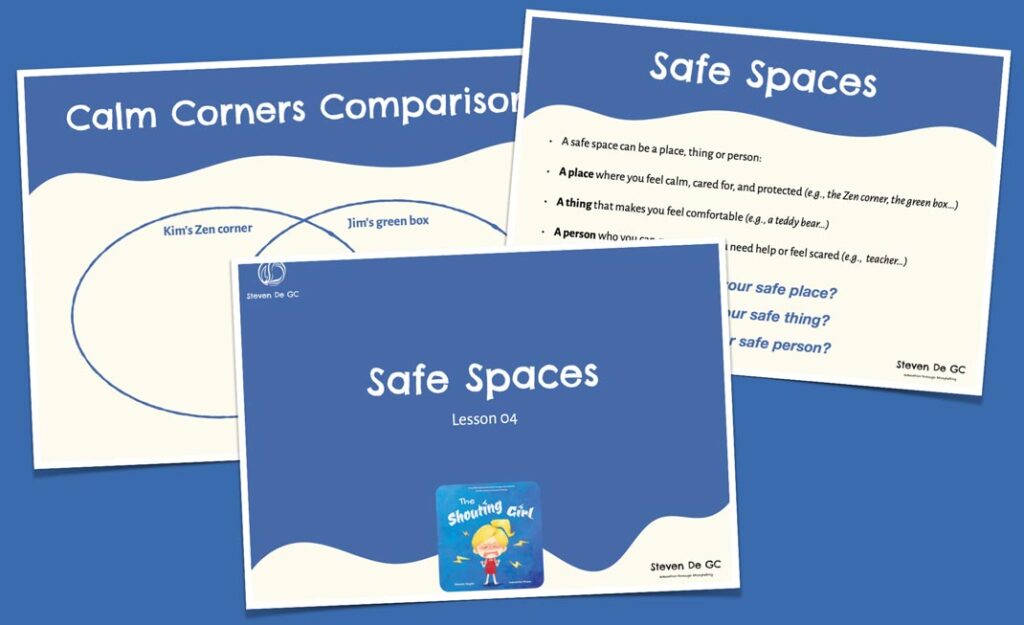
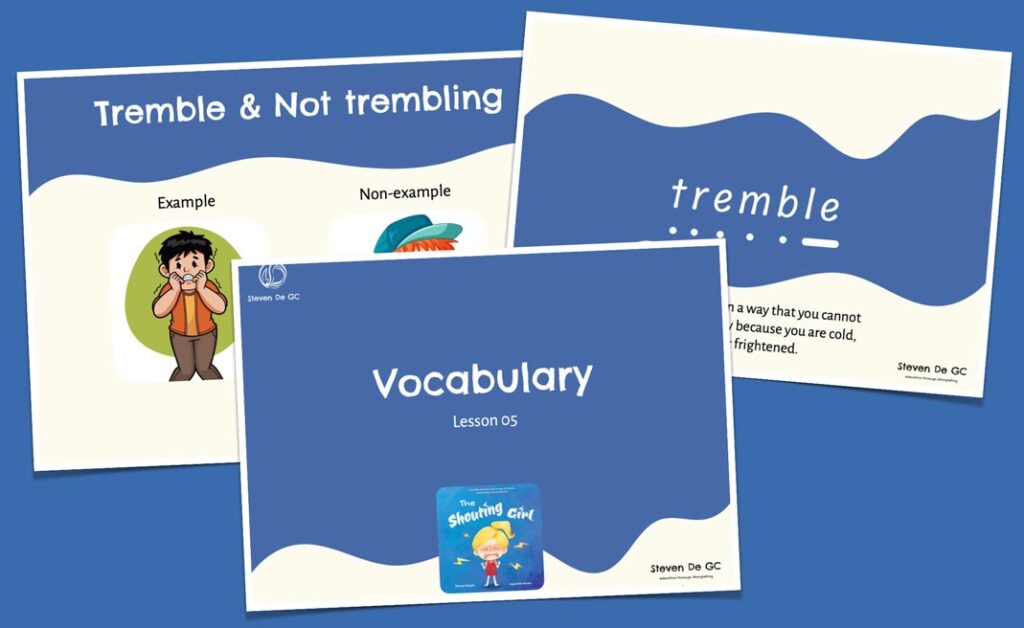
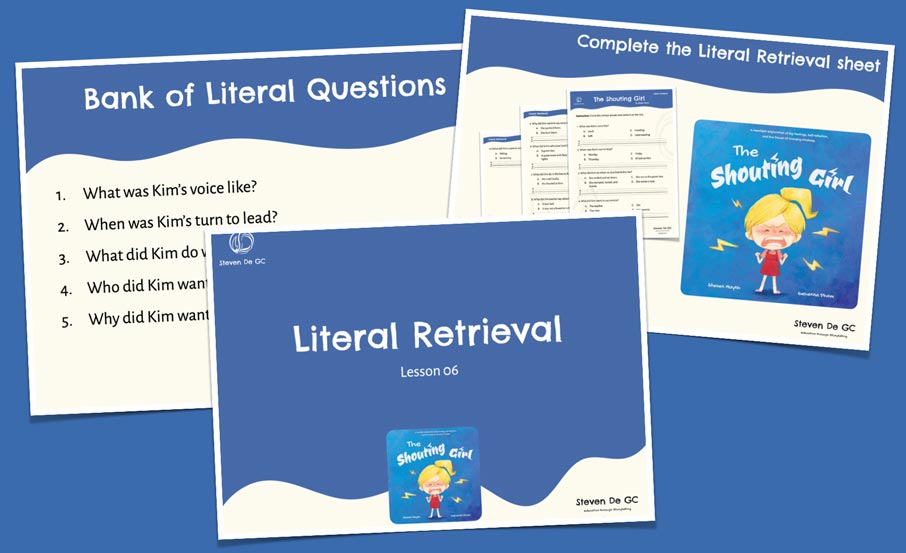
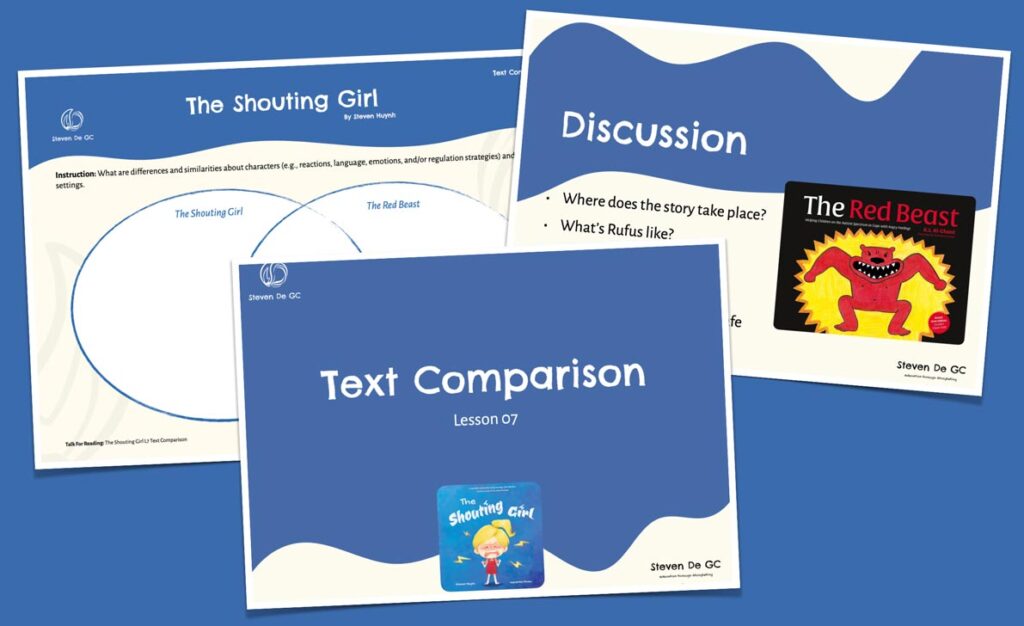
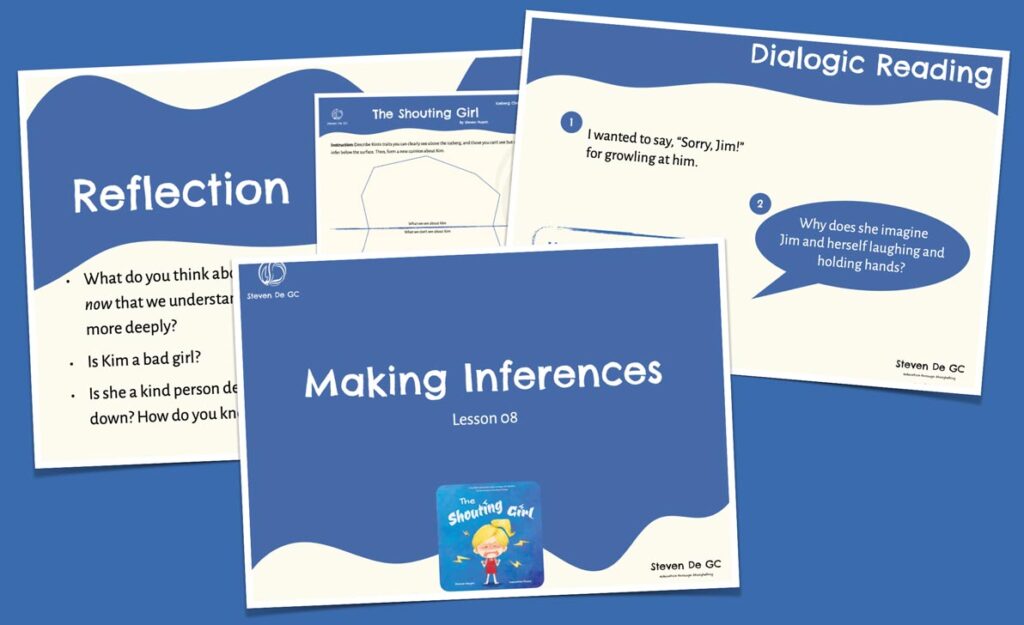
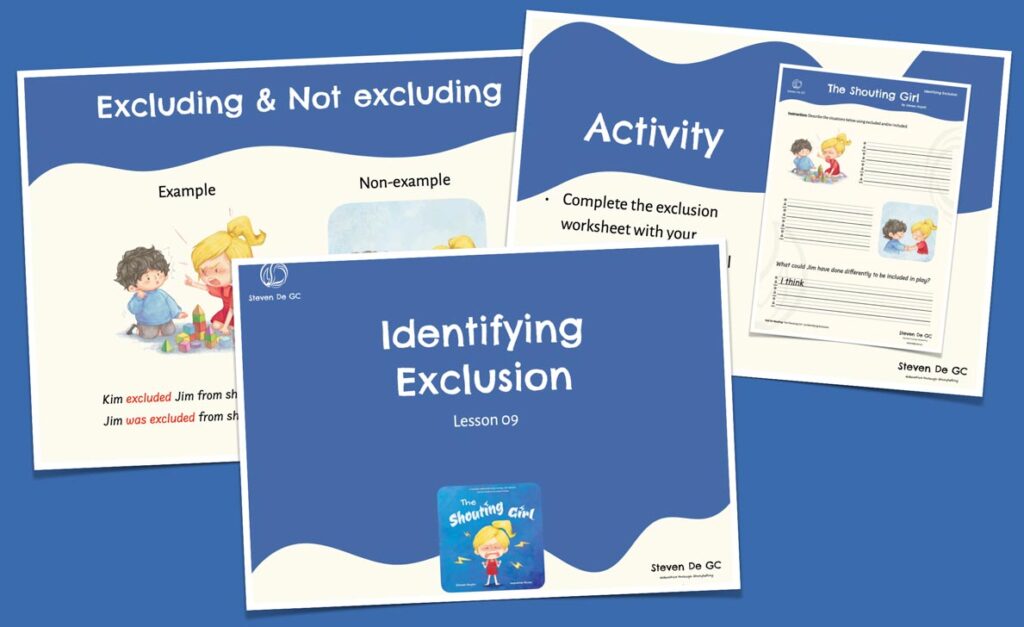


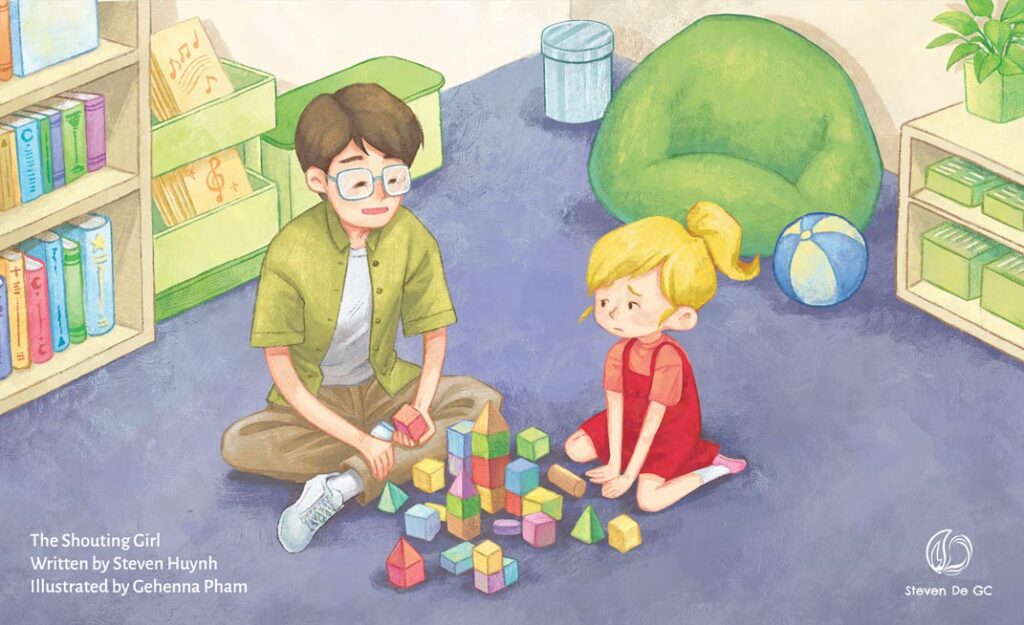
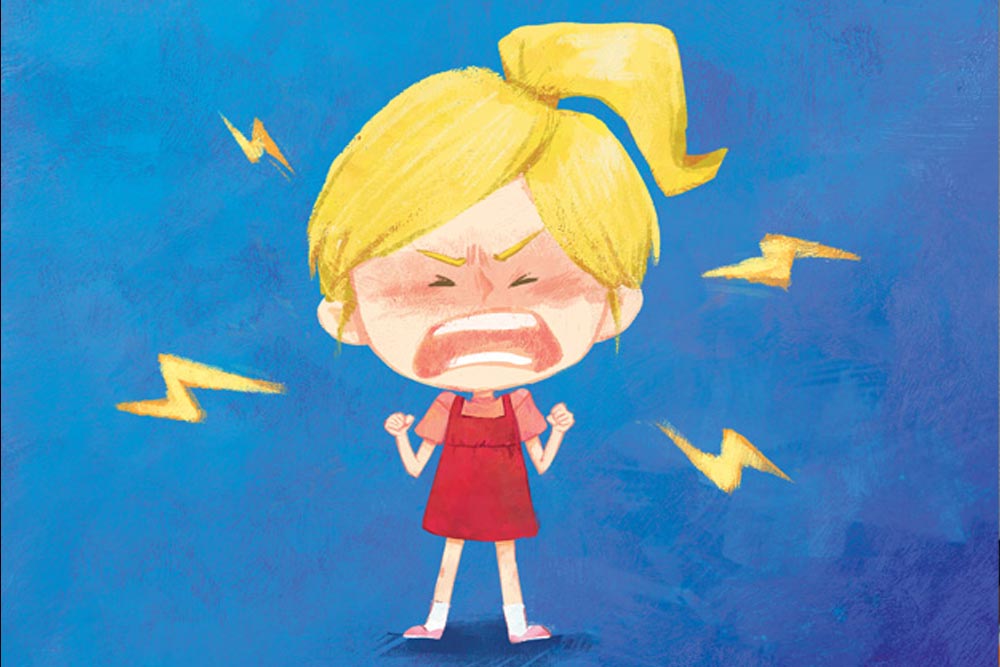


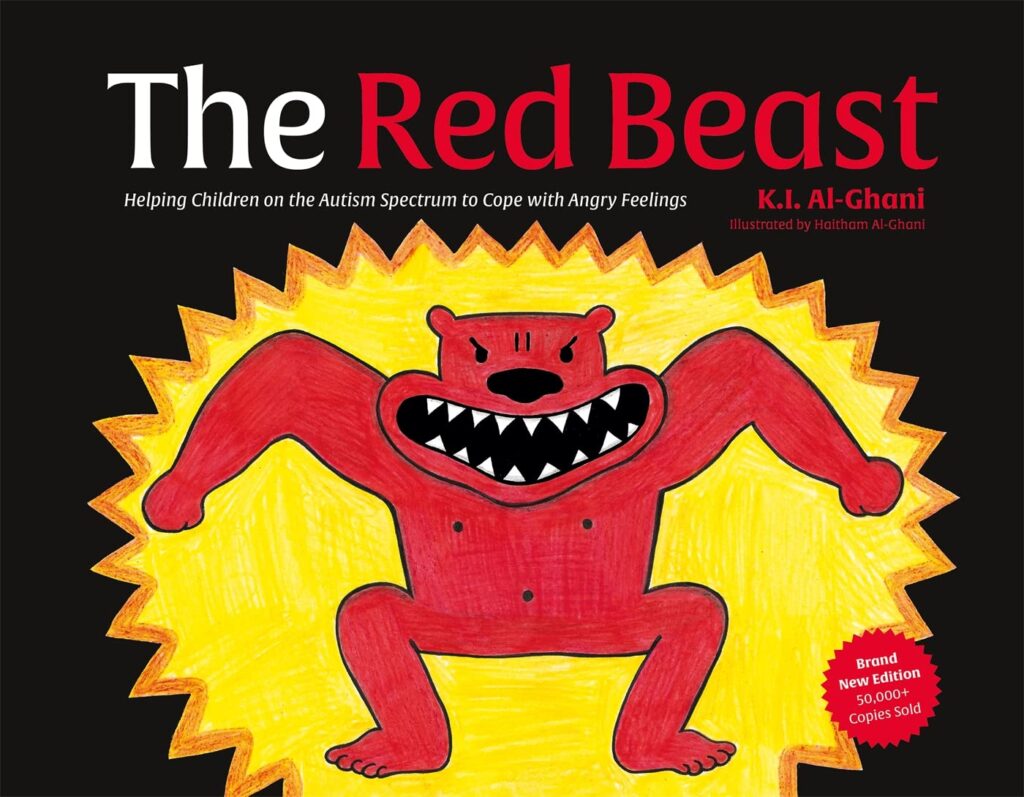
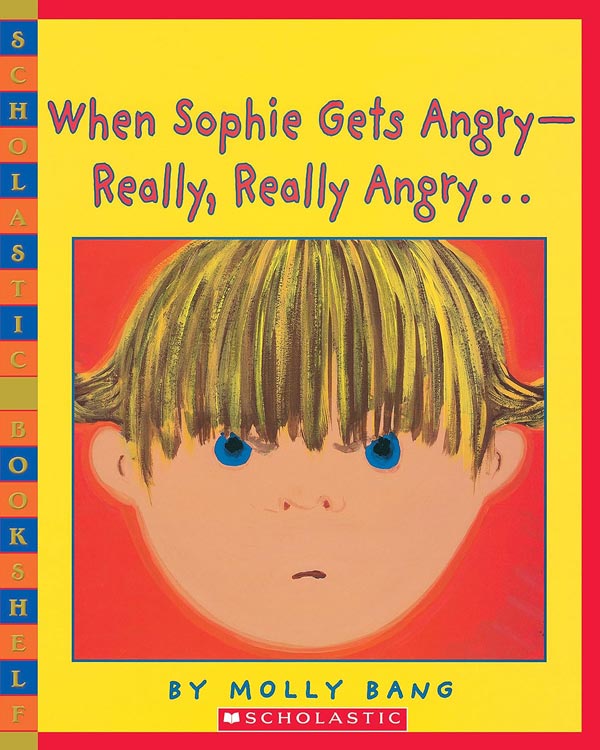
Leave a Reply